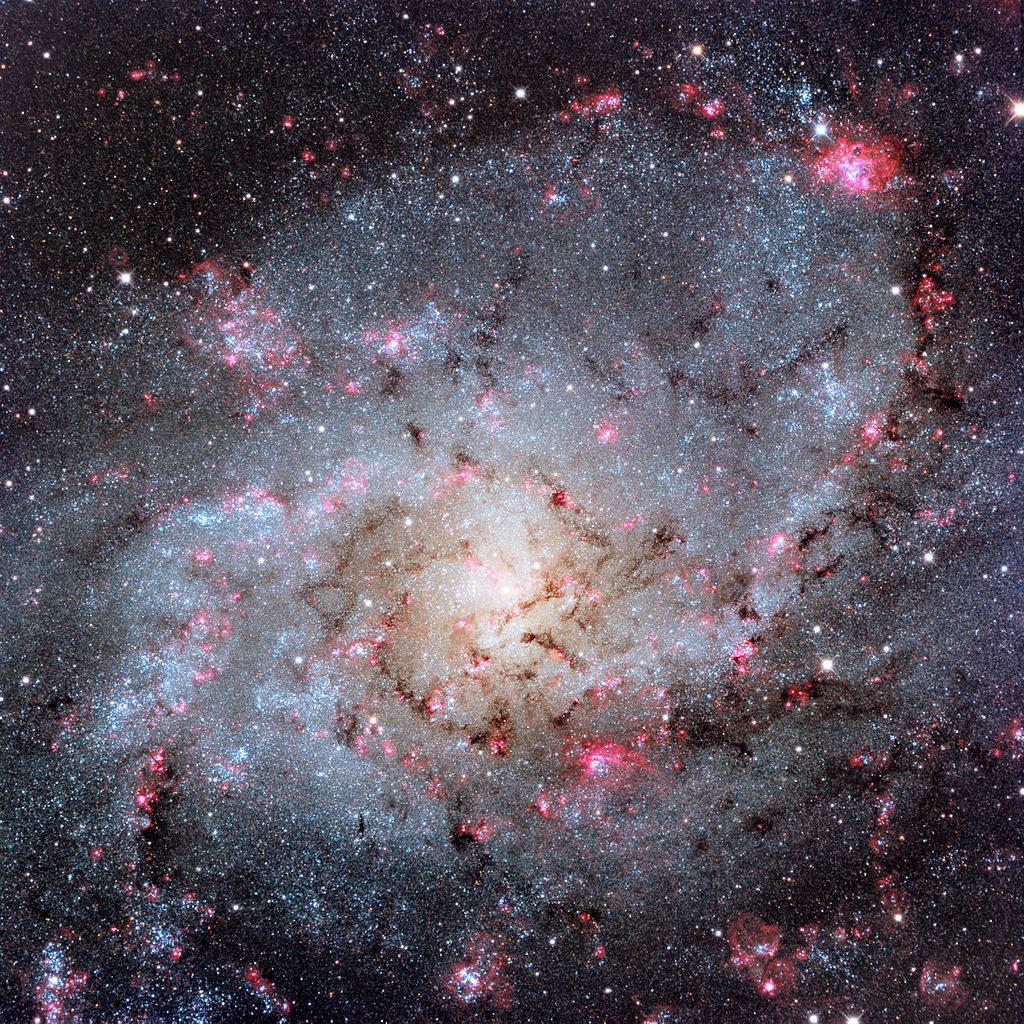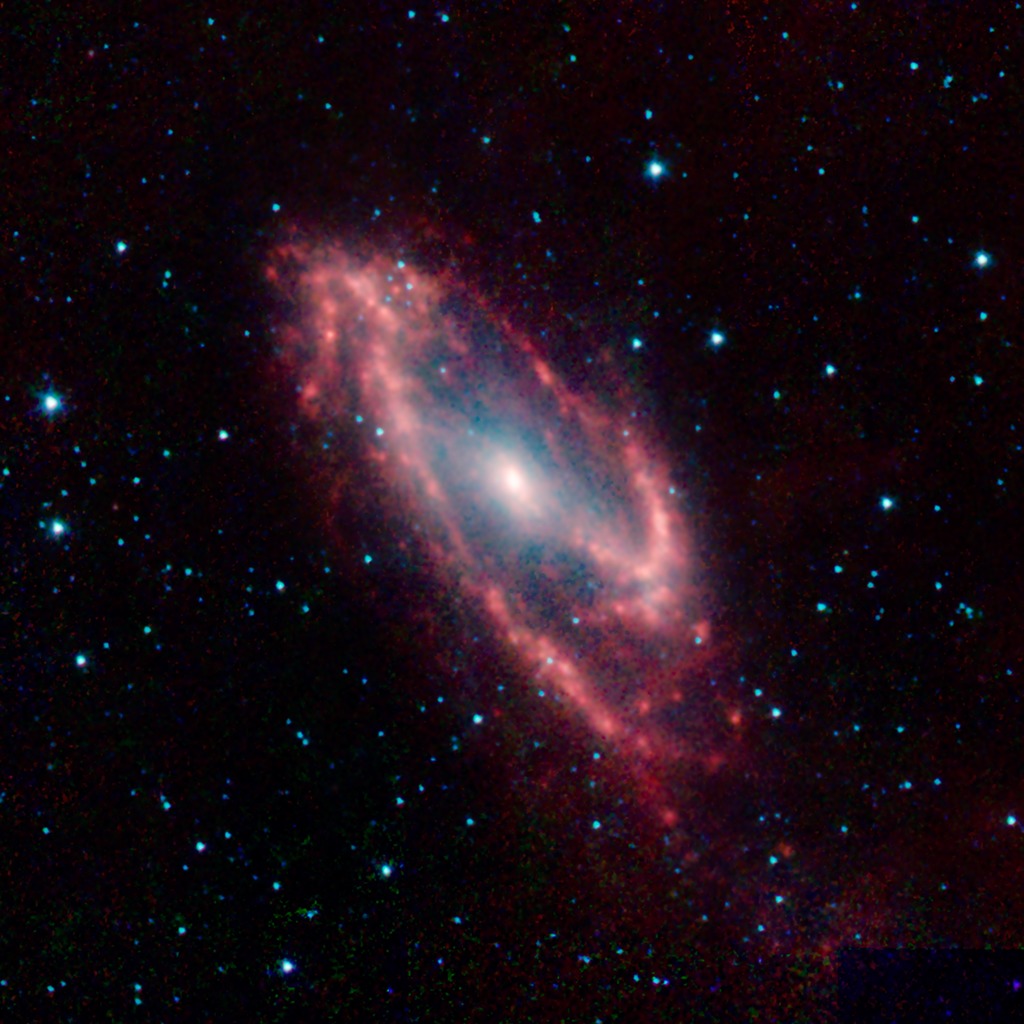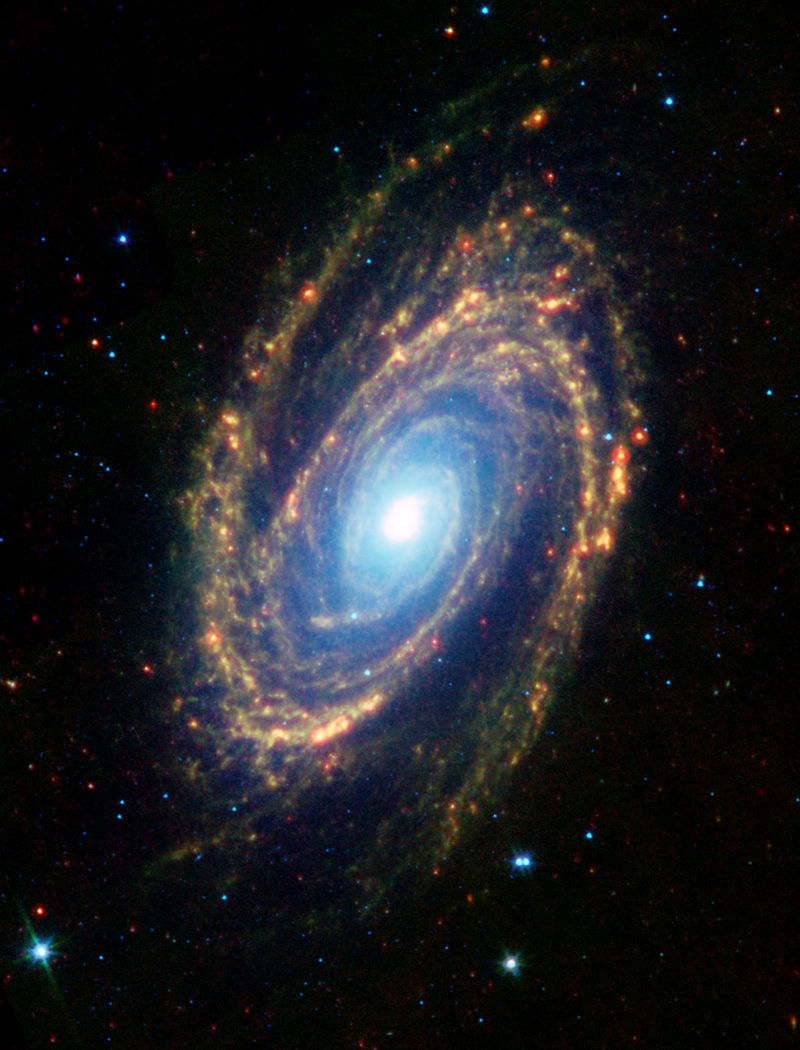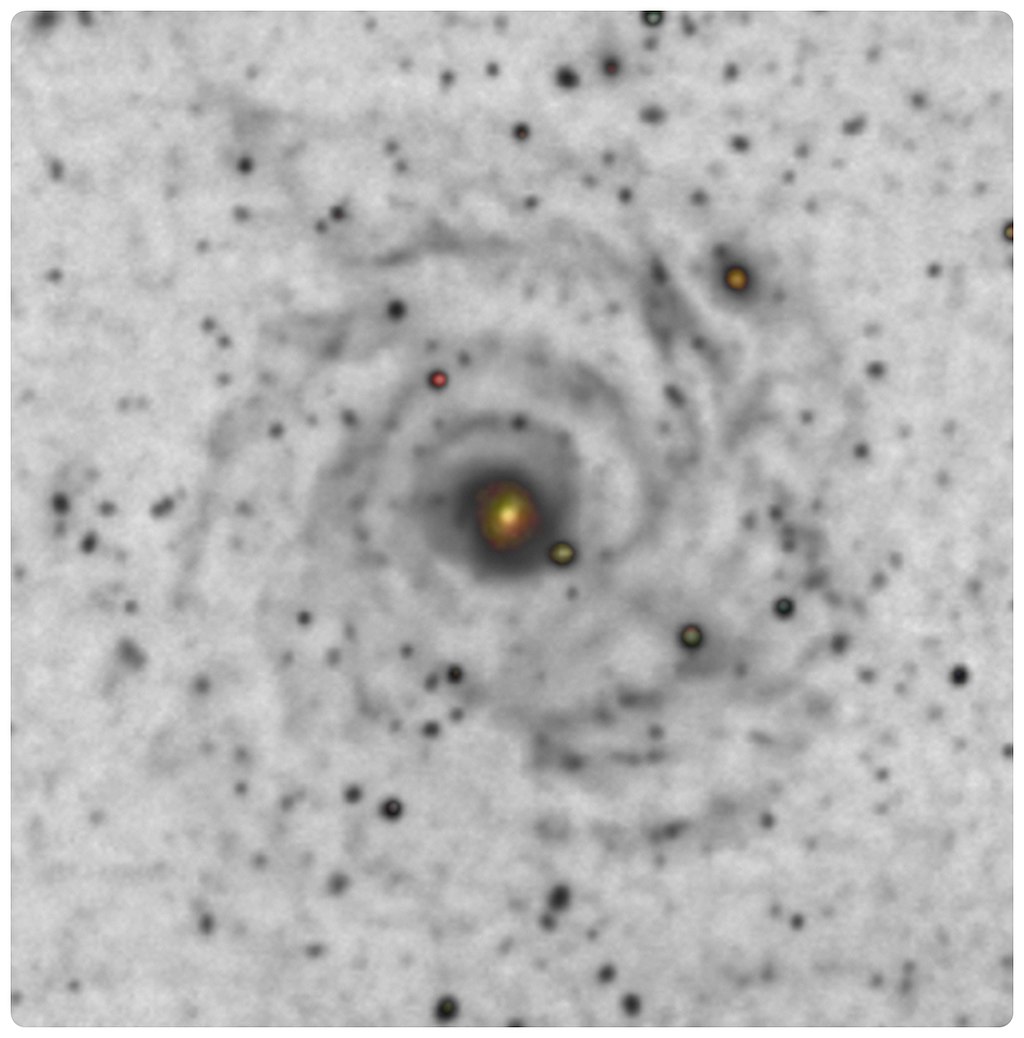VictorBorun wrote: ↑Thu Jun 01, 2023 7:57 am
Ann wrote: ↑Thu Jun 01, 2023 4:18 am
The simulation seems to show that the Universe likes to make spiral galaxies. So where do all the ellipticals come from?
…
And one mechanism that destroys spiral galaxies and turns them into ellipticals in large galaxy clusters is the violent outbursts of ultramassive black holes in the largest elliptical galaxies:
Ann
Do I get it right:
1) If Local Leaf i. e. Local Cluster + Council of Giants has more spiral members than elliptical ones, it's just that this supercluster and clusters are small. In normal clusters like Virgo the galaxies population is mostly elliptical
2) Gravitation struggles to feed galaxies in a smooth way. Once a few billion suns BH forms, it tends to blow the hydrogen+dust interstellar media out of the galaxy and stop the star formation for good
As to your first question, yes, in our neck of the woods, there is actually just one major elliptical galaxy, Maffei 1!
Wikipedia wrote:
Maffei 1 is a massive elliptical galaxy in the constellation Cassiopeia. Once believed to be a member of the Local Group of galaxies, it is now known to belong to a separate group, the IC 342/Maffei Group....
Maffei 1 is situated at an estimated distance of 3–4 Mpc from the Milky Way. It may be the closest giant elliptical galaxy...
Maffei 1 lies in the Zone of Avoidance and is heavily obscured by the Milky Way's stars and dust. If it were not obscured, it would be one of the largest (about 3/4 the size of the full moon), brightest, and best-known galaxies in the sky...
The total visible absolute magnitude of Maffei 1, MV=−20.8, is comparable to that of the Milky Way.
Yes, but apart from Maffei 1, all the reasonably large galaxies in and close to the Local Group are spirals:
Even Maffei 2, another member of the Maffei/IC 342 group, is a spiral:
So, yeah. All the reasonably large galaxies in and near the Local Group of galaxies are spirals, all but one, Maffei 1.
But let's look at the major galaxies of another nearby group, the M81 group:
While M81 is a picture-perfect grand design galaxy, M82 is a contorted object wildly spewing gas into its surroundings from runaway star formation in its core. Apparently interactions with M81 drove much or most of the gas in M82 into the Cigar galaxy's center, where all this gas set off a wildfire of star formation. So while the disk of M82 is both chaotic and turbulent and apparently not forming any stars at all, the center is forming stars at a rate that can't possibly leave the galaxy "unscathed". My guess is that M82 will end up as a lenticular galaxy, a "strangled" galaxy with a disk but with no gas or star formation.
M81 is bigger than M82. The bigger bully "won".
In large galaxy clusters, almost every galaxy is close to another galaxy that can be described as a bigger bully. Being close to a big bully isn't good for a galaxy's elegant spiral shape. So how did Maffei 1 ended up as a giant elliptical galaxy, when this galaxy can only be described as its own biggest bully? Maffei 1 hasn't even got an active galactic nucleus, no feeding black hole and no jet. Don't ask me what made it "go elliptical"!
A sparse and empty surroundings may be good for a galaxy that wants to do things its own way. Like UGC 1382.
UGC 1382, living its life in splendid isolation unbothered by any big galactic bullies, has picked up passing galactic driftwood and flotsam and incorporated these pieces into itself. Now it is gigantic, with a diameter of some 718,000 light-years. That's aaa-mazing!!!
Ann
 Simulation: A Disk Galaxy Forms
Simulation: A Disk Galaxy Forms















